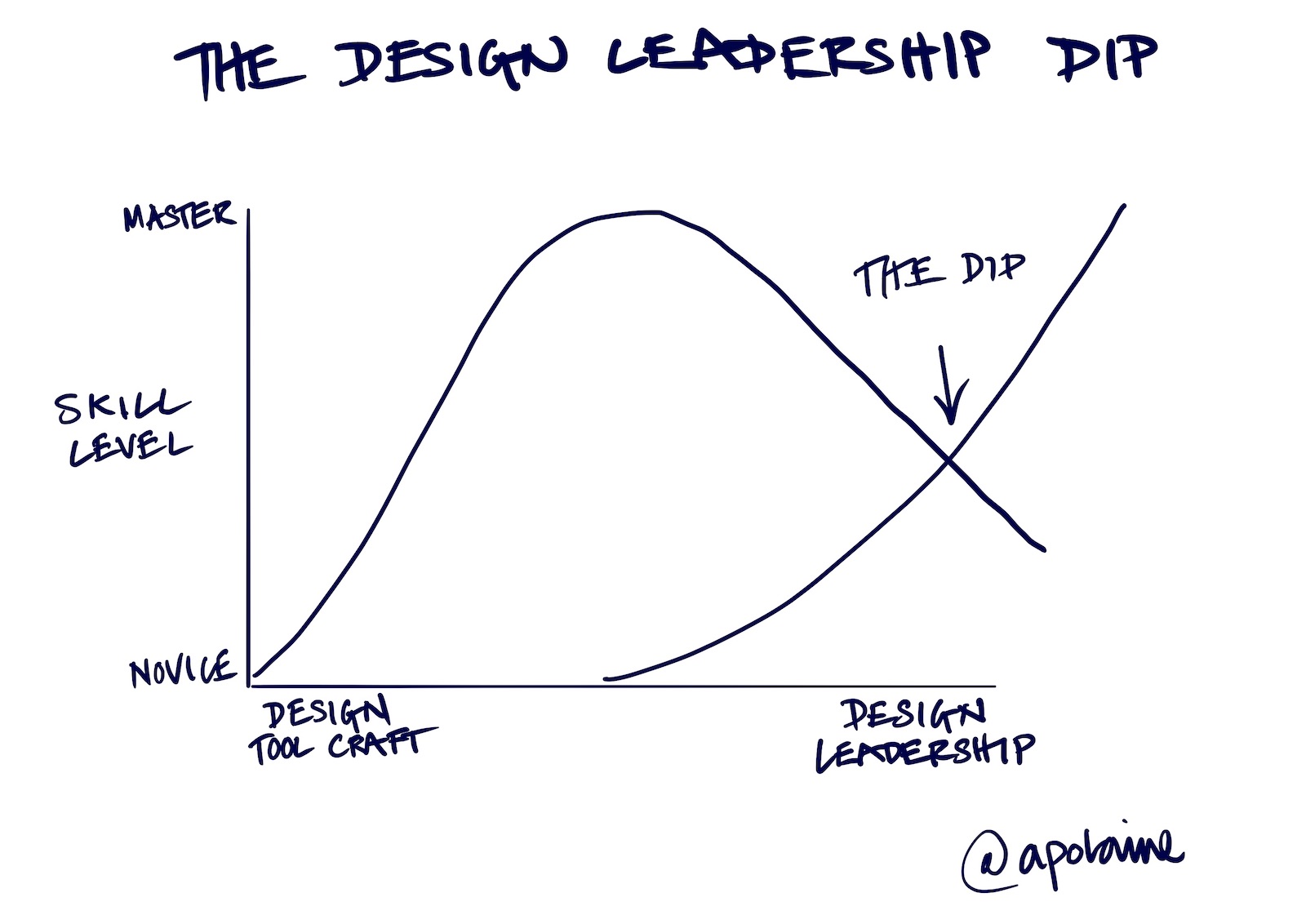Since I’ve just started offering Design Leadership Coaching, I thought I’d share my experience of moving into that role. But first, some background.
A journey into Design Leadership

“The worst thing about growing up is realising adults don’t have all the answers.”
Someone said this to me long time ago. I was in my mid–20s at the time, but it’s stuck with me ever since.
Straight out of university, I co-founded a collective, Antirom with one of my lecturers and several student colleagues (I’m the super unfashionable one in the baggy white shirt in that picture up there). Antirom had a completely flat structure and a very robust—albeit occasionally bruising—critique culture. This was only successful because we wrote that we were there for the “love and support of each other” in our founding manifesto. It also helped that our group of ten included two sets of siblings and a couple, which set the tone for a candour I’ve never experienced in the workplace since.
This structure was my first taste of commercial life as a designer of sorts (we called ourselves “interactive designers” — interaction design wasn’t yet a formed discipline with a name — but we did a lot more than that). I didn’t have an Art Director or Creative Director as my role models or the advantage of an existing agency structure to model any future endeavours upon. We really were making it up as we went along, helped by our friends at Tomato whose structure we borrowed from.
It also fanned my distrust of hierarchy, authority and titles. I could never understand the idea of deference to a Managing Director or CEO. These are just people like you and me. They eat, shit and make mistakes just like you and me. I respected people who had clarity and insight, for the things they had done and created, or who were able to do things I couldn’t. Sometimes that was someone in leadership. Sometimes it was an intern.
We got used to being the young guns, always trying to give the establishment the finger, or preparing to be treated as the kids in the room. Then, one-day several years later, someone asked for my opinion about a problem. I gave it and they replied, “Okay,” and walked off to do what I just said they might think about doing.
It was a shocking moment of realisation that I was being turned to for leadership and direction. After all, we’re all used to the refrain, “that’s just your opinion.” And it is, but over time it’s one honed by experience. Judges have opinions too, but we trust them to judge wisely.
The dip
Seth Godin wrote a little book about The Dip. It’s about when to quit when something has become too difficult and when to push through the dip to the other side.
There’s a similar moment that happens for designers moving into leadership positions. You start to let go of some of your “on the tools” craft skills and take on more business and people responsibilities. The result can be a confidence-jarring dip, where you’re not very good at either one. Imposter syndrome can quickly set in. I believe designers have a particular case of this due to the way the arts are treated in the education system.

I can pinpoint the exact moment, 20 years ago, when I realised this was happening to me. It took me a good year or two to become comfortable with the leadership role. Initially, I assumed the team would be just fine without much input from me, because I’d hired talented people. In fact the imposter syndrome kicked in hard, because I had hired people more talented than myself. I was desperately worried they’d respond to my direction with, “You do it then!” And, of course, I would not have been able to. That’s why I had hired them.
Then I saw the work of the team dip. It wasn’t because they were rubbish. It was because they, like all of us, regularly got too close to their work and needed critique, feedback and direction. Without it, the were struggling to move forward.
My feedback either confirmed their existing thoughts and freed them up to move on, or it would trigger them to defend their work. This is a good thing. It means you have a proper debate about the merits and failings of the work in hand. If you really feel you want to defend a piece of work and can successfully do so, the chances are you stand by it for good reason. Having that moment also helps people get unstuck.
The work got much better and I finally realised I was designing teams who design and beginning to understand the nature of design leadership.
Imposter syndrome is a healthy sign
Twenty years later and I’m here to tell you imposter syndrome never entirely goes away. I’ve got a PhD, wrote a book, work with design leaders and executives, regularly keynote at conferences. I still expect someone in the audience to stand up and say, “You’re not who you say you are!” in the middle of my talk.
What you come to realise is that everyone really is making it up as they go along. The key is becoming comfortable with that fact and trusting that your experience is valuable and will help you navigate unknown territory without panicking everyone else.
Leaders who are convinced by their own brilliance and have no imposter syndrome at all can be pretty awful to work for. Imagine if someone like that became the President of the United States.
Becoming comfortable with yourself is a life-long project. It’s what C.G. Jung described as individuation. The good news is that the self-reflection that goes into that process is one of the most useful tools for understanding how designers and teams get creatively blocked and will help you guide them out of the woods.
If you’re interested in having a guide through that process, get in touch. With a brown blanket wrapped around me and my glasses off, I can be a passable Obe-Wan Kenobi.
This post is a portion of my newsletter Doctor’s Note. Sign up if you’d like to get articles like these earlier and in your inbox on a regular basis. And if you like that, you might like my podcast, Power of Ten.


